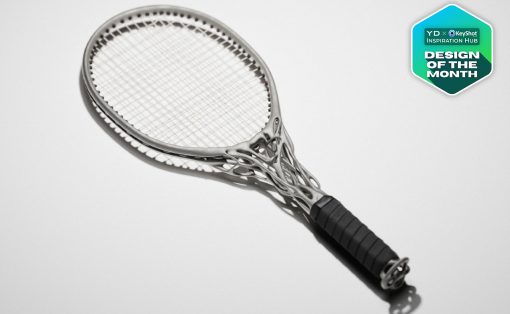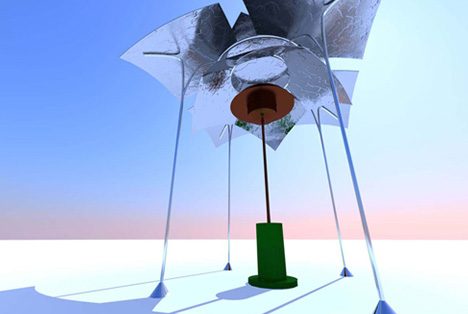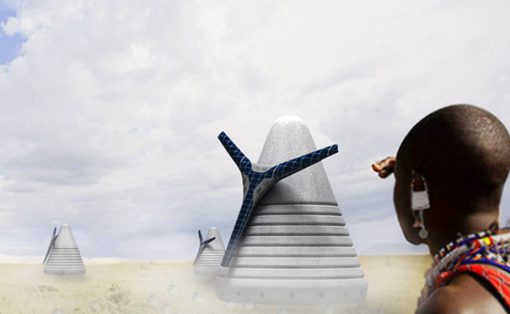Street art is a form of visual art that is found in public buildings, streets, bridges, trains, and other spaces, particularly for public visibility and to reach a broader audience. Street art not only forms a powerful tool to convey messages to society but also enhances the beauty of public spaces. Street art is found all around the world and street artists are known to transform the streets with their creativity and imagination. The traditional form of street art included graffiti artists who worked with spray paint. Some of the other media include stencil art, mosaic tiling, LED art, and outdoor sculptures while the recent forms of street art include video projections of large city buildings.
Designer: Anthony Howe
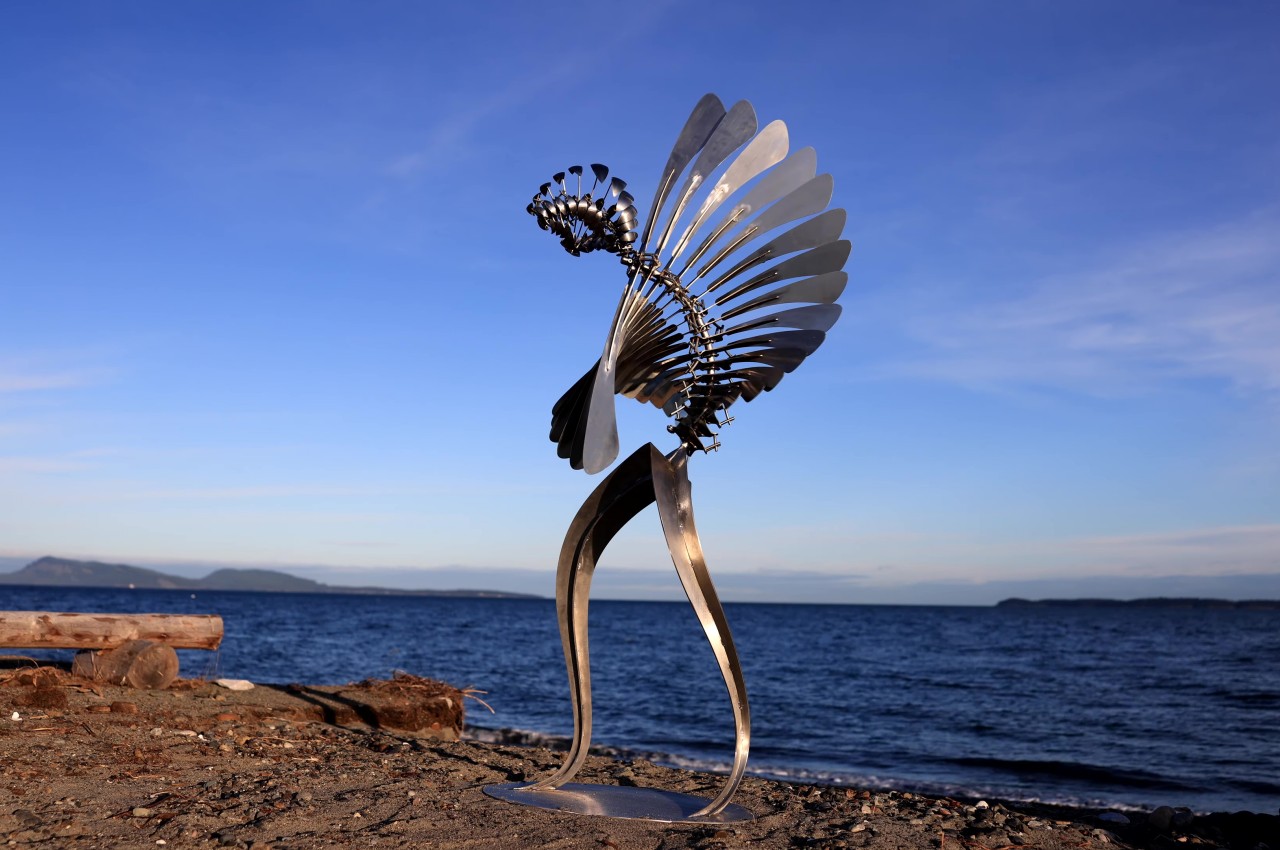
How did street art evolve over the years?
The origin of street art can be found in ancient civilizations where graffiti was used to mark territories, express cultural identities, and served as historic records. The modern street art movement started in the 1960s in cities like New York and Philadelphia and 1970s artists in cities like Paris and London. In the 1980s and 1990s street art evolved, and artists like Jean-Michel Basquiat, Keith Haring, and Banksy rose to prominence. Today street art is touching new heights with the integration of new technology and adapting to the changing socio-political context.
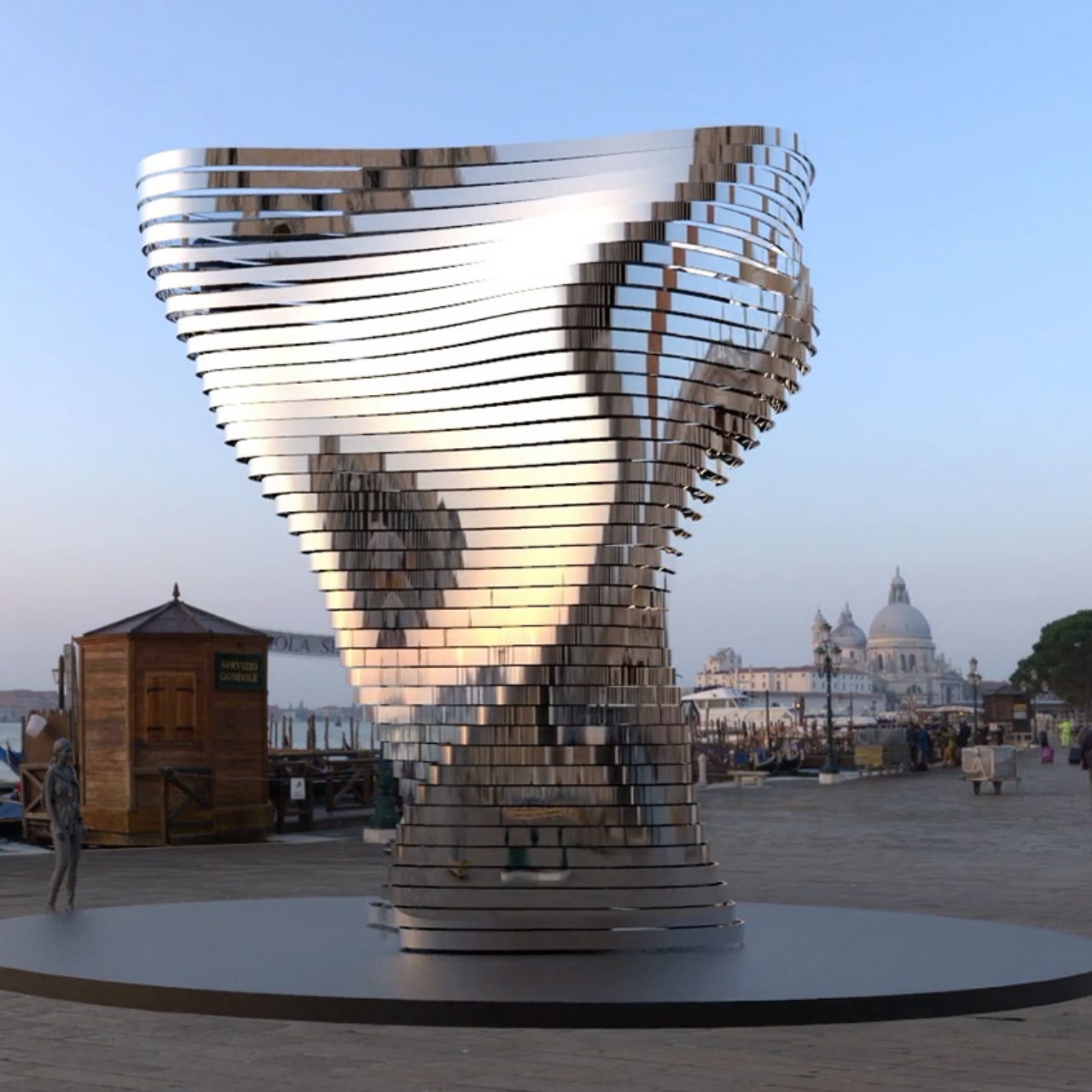
Designer: BREAKFAST
Types of Street Art
Here are the top ten types of street art that one will often come across on urban streets. Each art comes with its distinct characteristics and techniques.
1. Graffiti Artwork
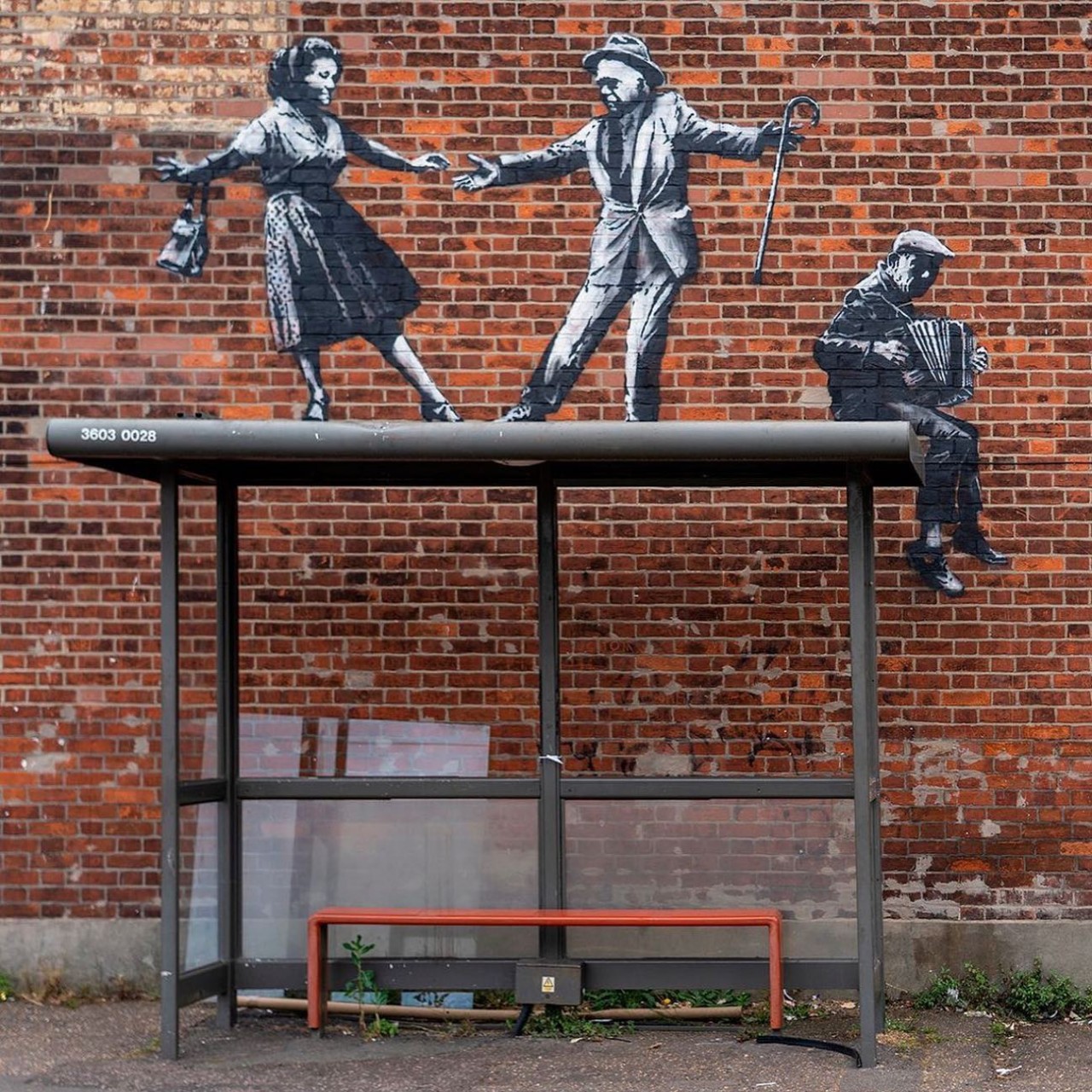
Designer: Banksy (via Banksy Archive)
Graffiti artwork is one of the most iconic forms of street art that has been around for ages. In this form of art images or text is painted on the building using spray paint, large bubble lettering, and decorative scripts to convey messages, evoke emotions and enhance the beauty of public walls. The term “graffiti” refers to inscriptions, figure drawings, and markings that have been found on the walls of ancient sepulchers or ruins just like those in the Catacombs of Rome or at Pompeii. Graffiti formed a part of the hip-hop culture in the 1970s, it is a form of self-expression and rebellion, allowing youth from disadvantaged communities to gain recognition for their creative ideas in public spaces.
2. 3D Wall Graffiti
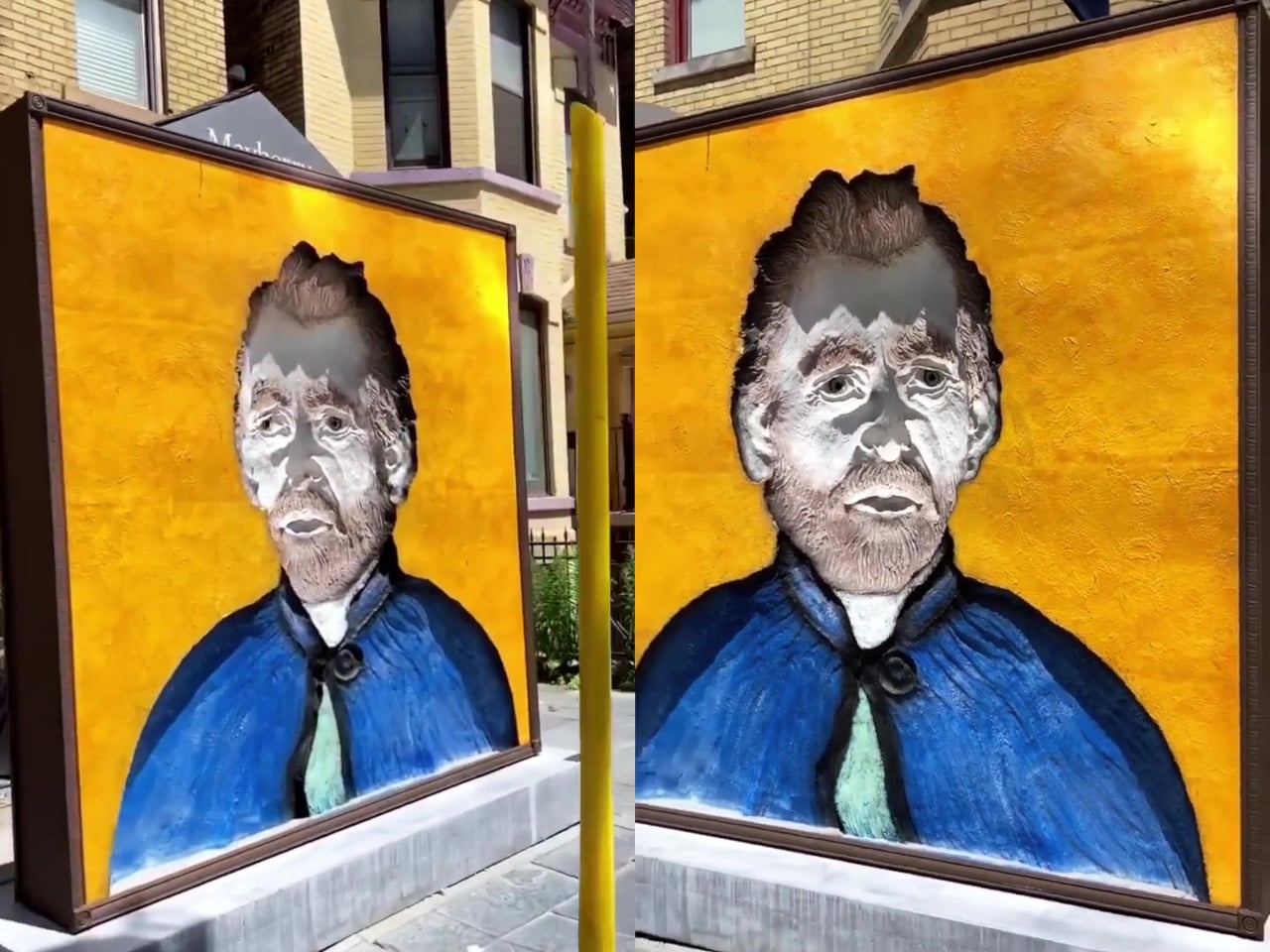
Designer: Joe Fafard
3D wall graffiti is also known as anamorphic art which can create an optical illusion of objects popping out from the wall and the artwork coming to life. It makes two-dimensional paintings appear like three-dimensional paintings when viewed from a specific angle. This skill is honed through artists by employing perspective, shading, and anamorphic methods through dedicated time and practice as it appeals to both young and old when exhibited in public spaces. Chalk or paint is used to create these incredible pieces of art.
3. Stencil Graffiti
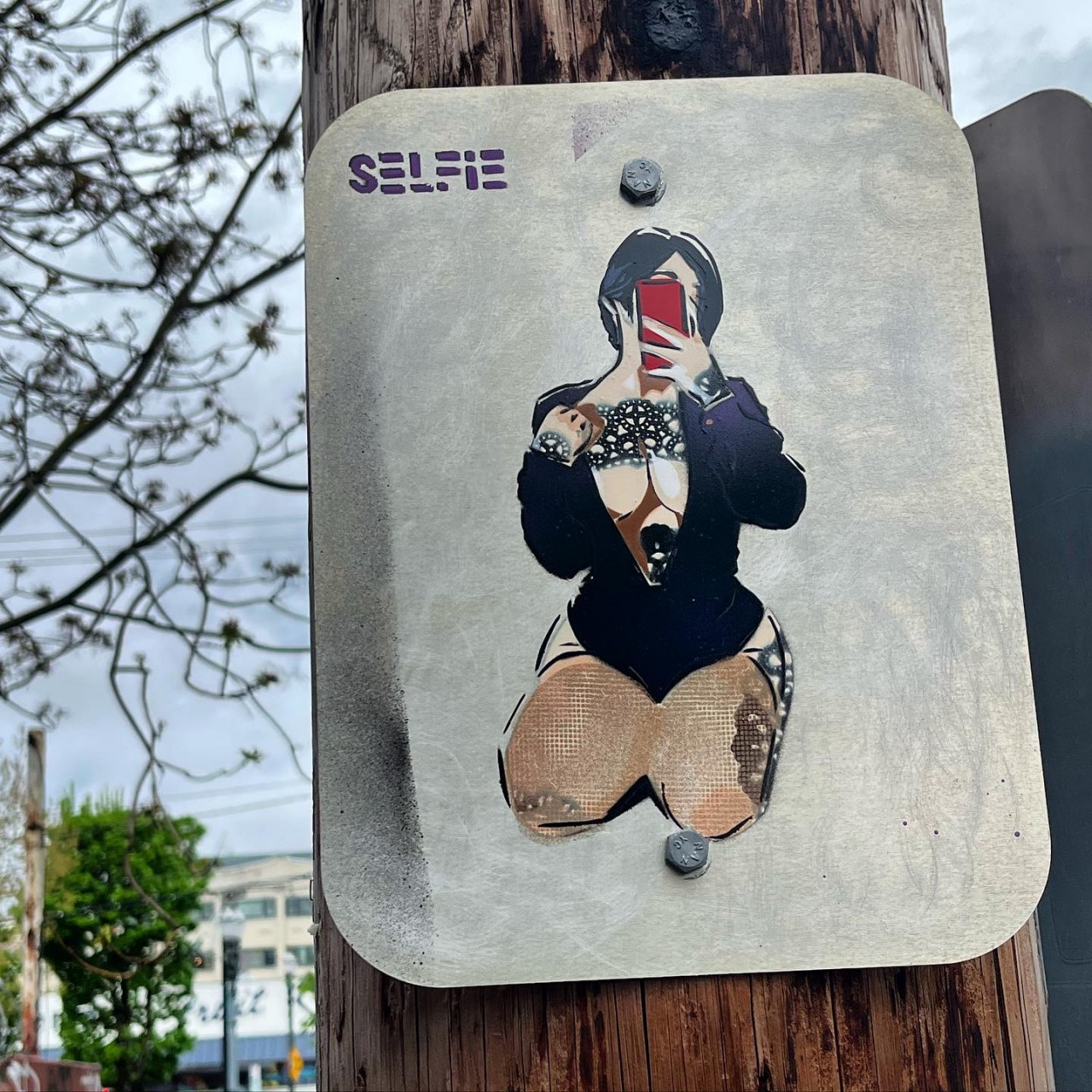
Designer: selfie_stencils
Stencil Graffiti employs stencils to create images on public spaces like walls, and buildings. The artists use pre-cut templates to reproduce the same image multiple times and then use spray paint to make a clear representation of the design. This ensures faster execution and replication and is effective in communicating ideas to a broader audience in multiple locations.
4. Street Poster Art
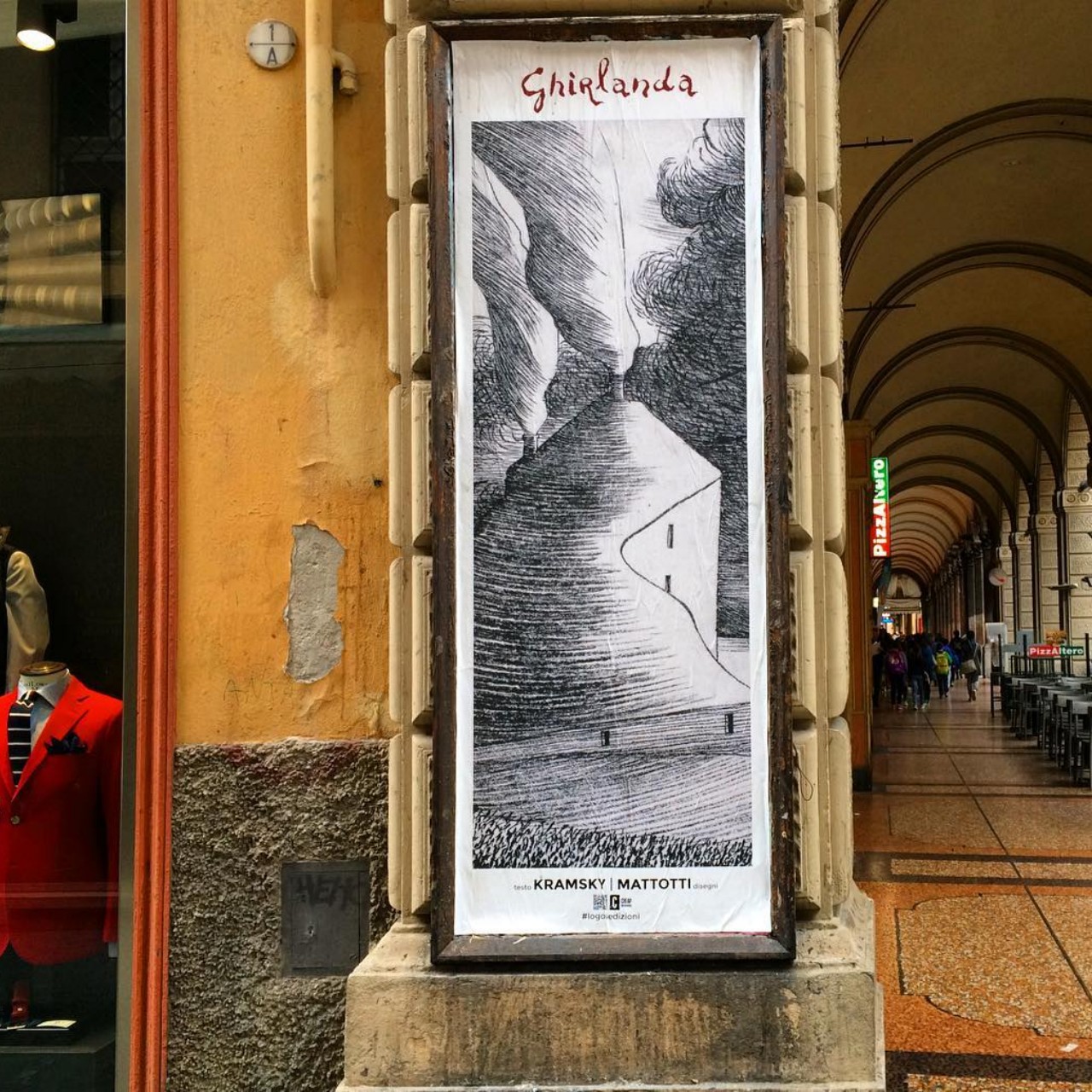
Street poster art involves the pasting of posters in public spaces like walls, poles, or any other visible surface to stimulate public thought. The posters may display controversial or abstract visuals to give political statements or social messages to bring forth public awareness about their causes.
Note: Wheatpasting art is the technique of applying posters in public using a mixture of wheat flour or natural adhesives to water to create a paste. These posters are weather resistant in comparison to other simple paper posters.
5. Video Projection
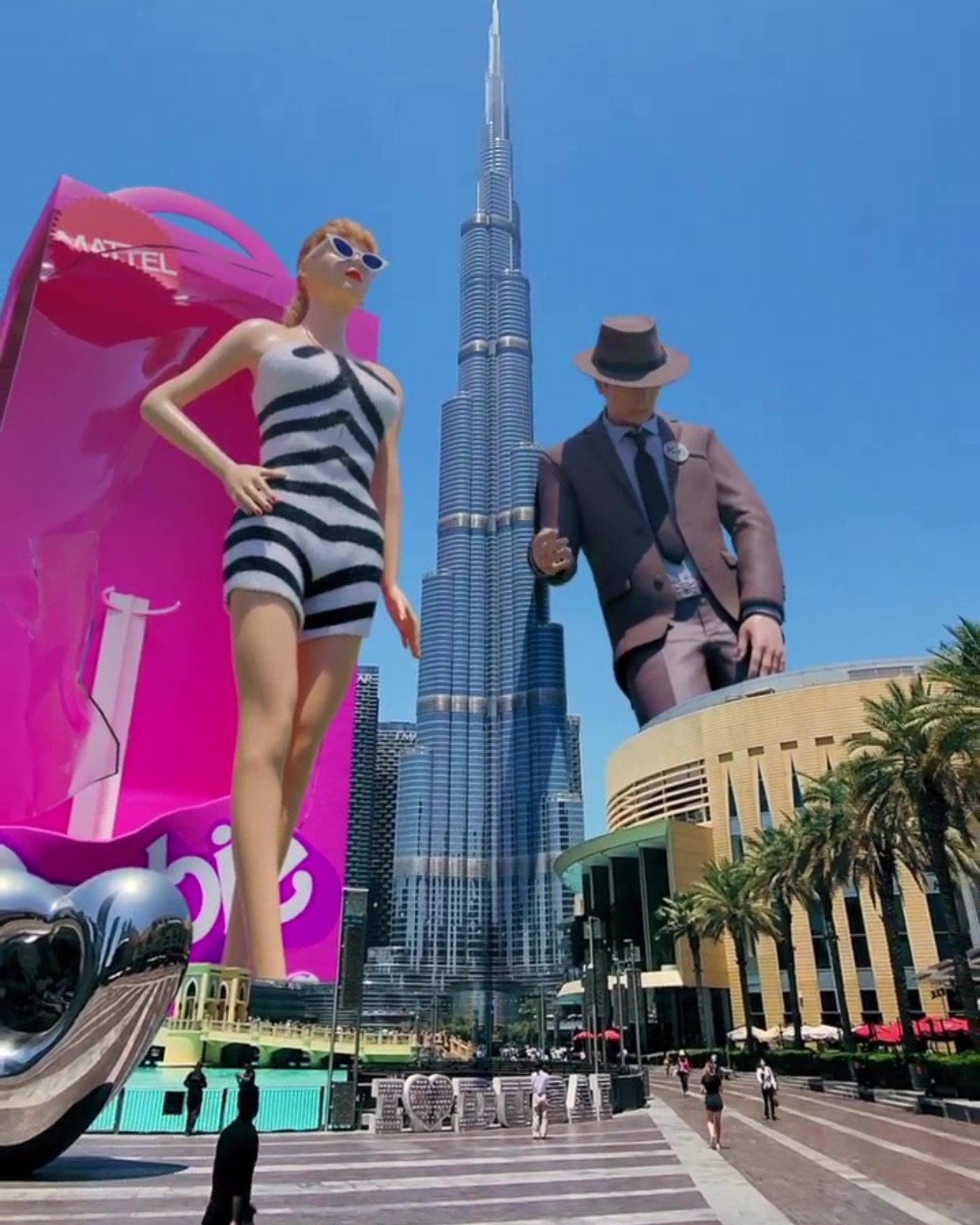
Designer: Eye Studio
Also known as projection mapping street art, it combines the use of video projections to project images, animations, or videos on buildings or other urban surfaces to create an immersive visual experience. The biggest difference between street art is that is static and uses paint for the surface, video projection is dynamic, and special software is used to map the content on the surface, including captivating animations and colorful visuals. It is temporary and used for special events and festivals.
6. Guerrilla Art
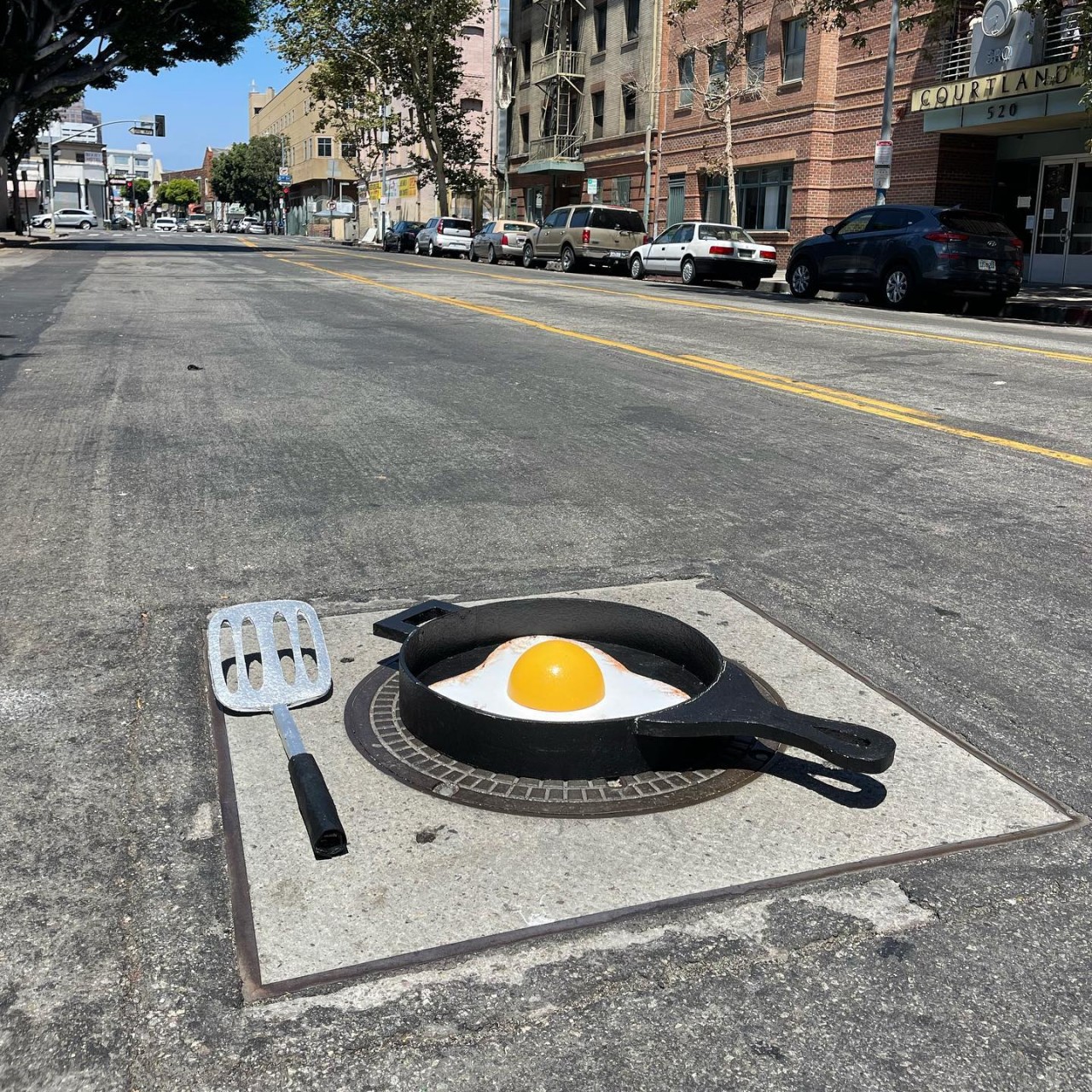
Designer: S.c. MeRo
Guerrilla art is also known as street intervention, where impromptu and temporary installations are created in public without seeking permission. It blurs the line between art and activism, raises awareness of social issues, urges the public to question their surroundings, and transforms the urban city into an ever-changing canvas for artistic expression. Some of the innovative methods of incorporating this art include wheat pasting, sculptures, and yarn bombing that aims to disrupt the urban environment.
7. Flash Mobbing
Among the various forms of street art, the flash mob is most enjoyable as it usually involves dancing in a public space. A flash mob involves a spontaneous assembly of individuals in a public space where they perform and then disperse swiftly. The main aim of flash mobbing is to deliver entertainment, satire, or artistic expression. They usually perform in crowded places like malls, parks, and public squares to spread a message. Street plays are also a form of art where a large group wears simple costumes and use banners and posters to attract attention.
8. Street Installations
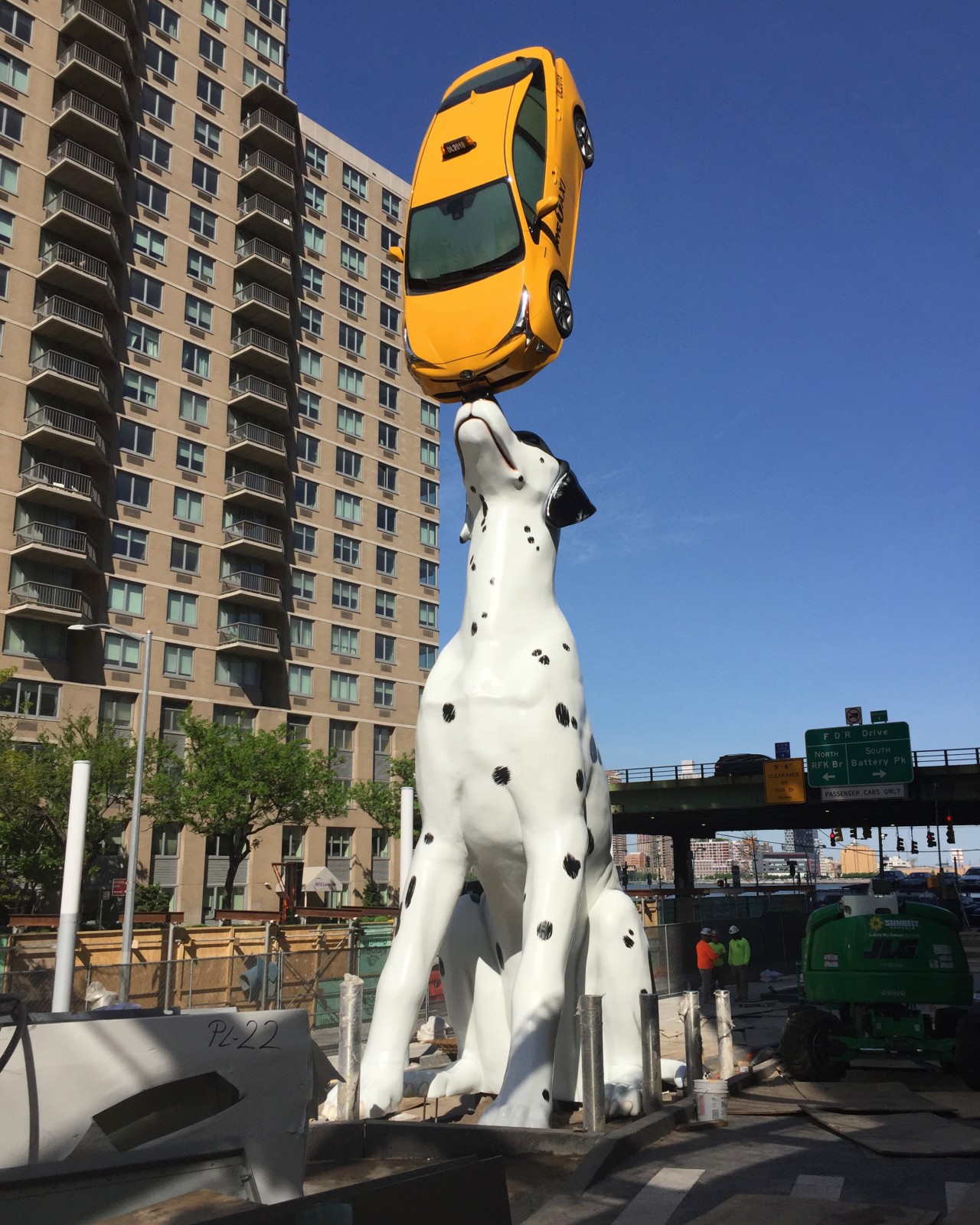
Designer: Donald Lipski
Designer: BREAKFAST
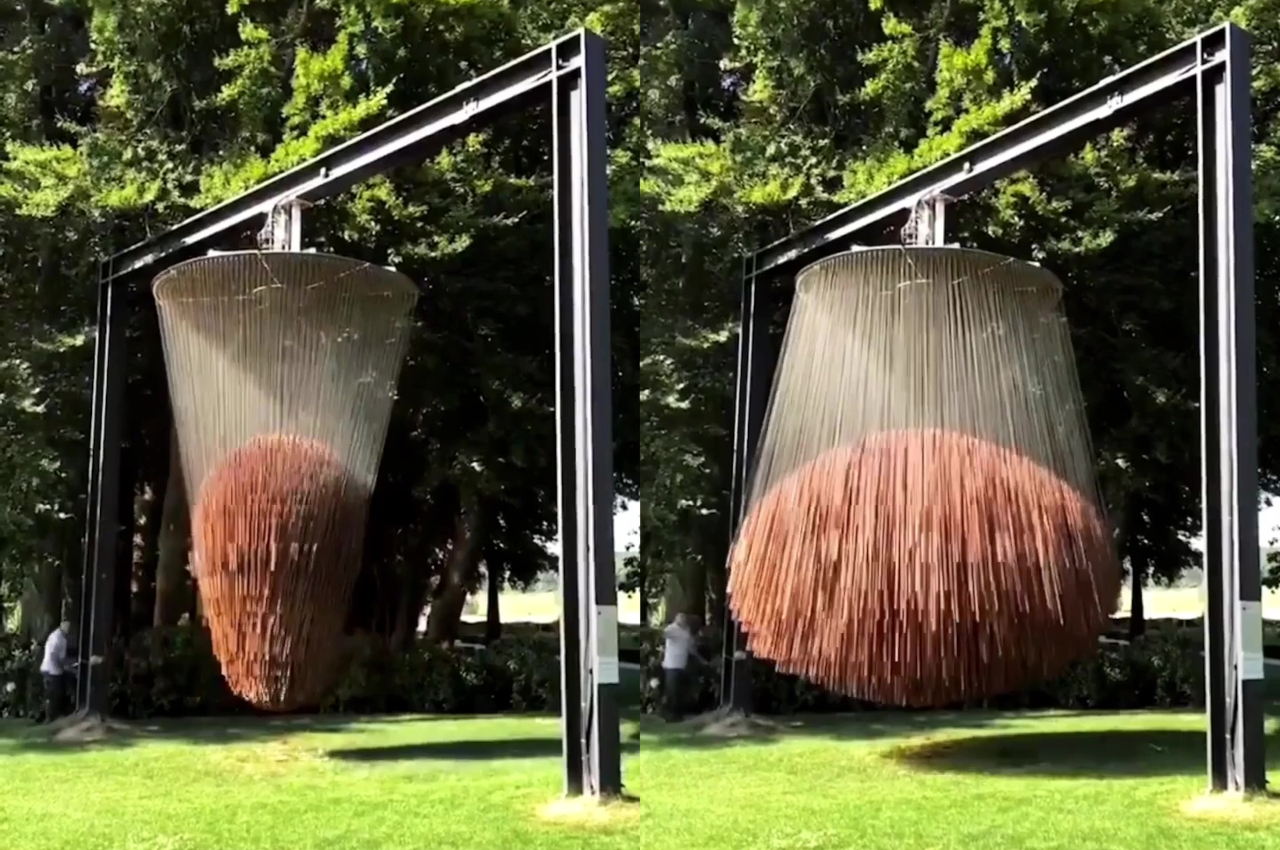
Designer: Etienne Krähenbühl
Street Installations are 3D structures made by artists that are displayed on the streets. They can be categorized as sculptures with or without historic significance and interactive or temporary art installations. These three-dimensional artworks are usually connected with political, religious, and historic belongings and are made in materials like stone, wood, metal, recycled materials, and fiber to name a few. Unlike conventional street art, street installations occupy physical space. It brings art to the public and blurs the boundaries between artwork and the urban environment. This is a beautiful form of street art as it evokes emotions and reactions from people who pass by. In addition, the installations can be interactive and invite viewers to engage with the art in unique ways. Kinetic sculptures, artworks incorporating movement often powered by natural elements or mechanical means, can be considered a form of street art. Installed in public spaces like streets, parks, and plazas, they offer engaging and interactive art experiences for passersby.
9. Environmental Art
Designer: Theo Jansen
Also known as Earth Art, it aims to bridge the gap between art and nature. Environmental art is an artistic expression where artists create site-specific artworks with natural materials found in the landscape like sand, rock, water, plants, and wood. These artworks are temporary and they emerged in the 1960s and early 1970s in response to the concern about environmental issues and indicate that it is our responsibility to protect it.
From the Beach…
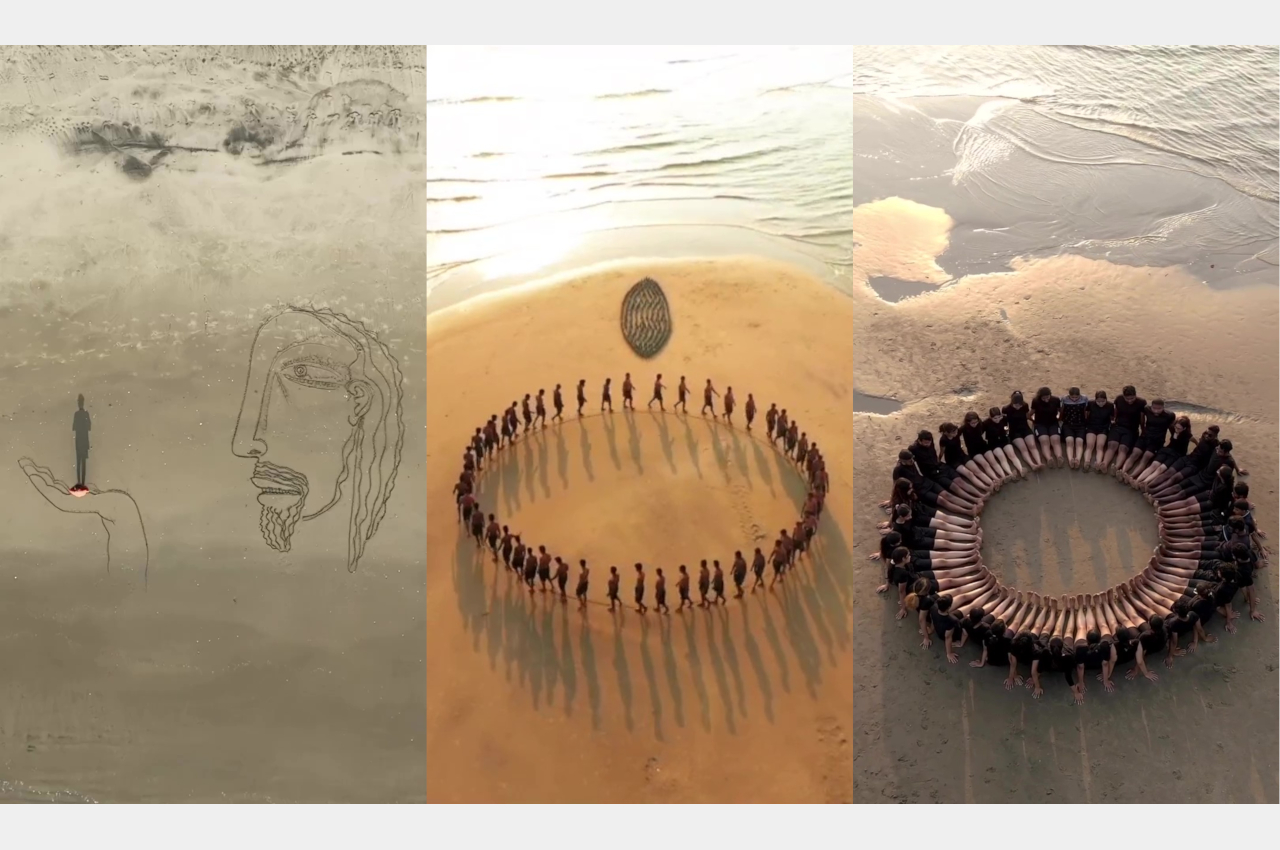
Designer: Subodh Kerkar
10. Mural Art
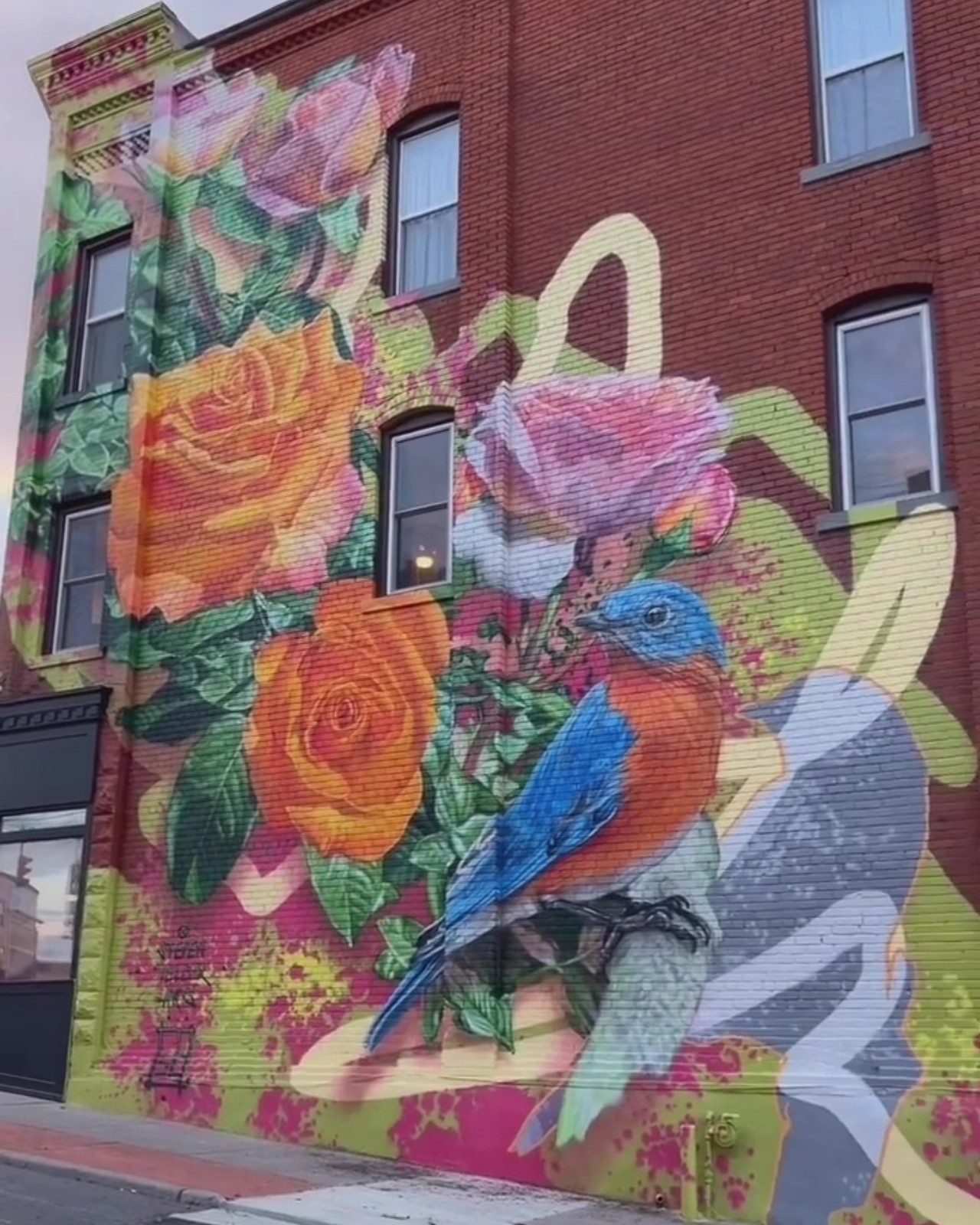
Designer: Steven Teller
This is a large-scale artwork that is painted onto the walls or public surfaces of urban cities. It’s a great way to beautify public spaces with vibrant colors and themes that cover entire walls, including realistic portraits, landscapes, or abstract designs. The different techniques used in mural art may include spray paint, rollers, brushes, or any other technique. The best part about mural art is that it reflects the local culture, tells stories, and attracts both locals and tourists who appreciate its beauty in public spaces. The impressive artworks effortlessly transform the urban landscapes into iconic landmarks of the city.
https://www.instagram.com/reel/Co3zKdVsRmA/
Hence, every form of street art leaves a unique impression on urban landscapes and plays a vital role in the dynamic and continuously evolving global street art movement.



